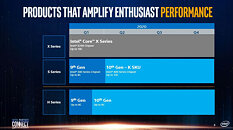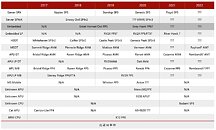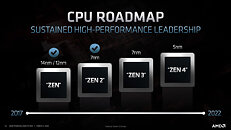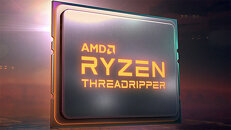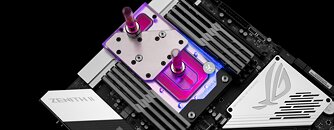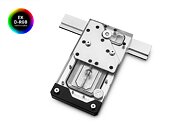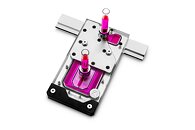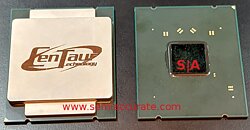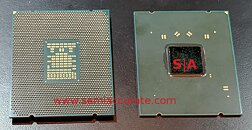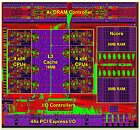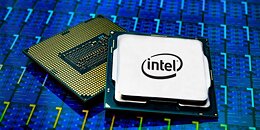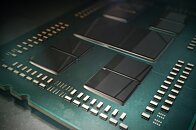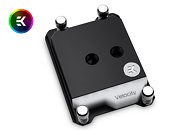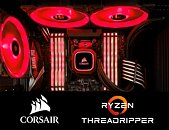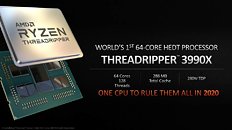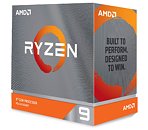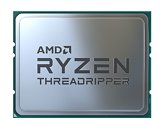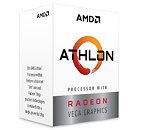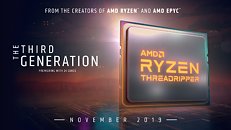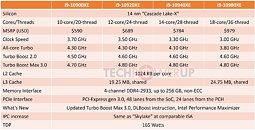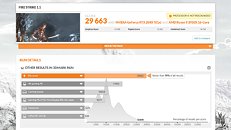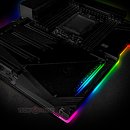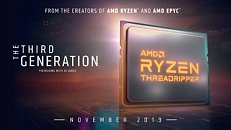
No Intel "Rocket Lake-S" or "Ice Lake-X" This Year?
A roadmap slide from an Intel Partner Connect presentation suggests that the company's client-segment processor lineup will be unchanged for the rest of 2020, with the company briskly launching its 10th generation "Comet Lake-S" desktop processor lineup through May-June, and "Comet Lake-H" a month prior. The Core X "Cascade Lake-X" processor lineup will continue to lead the company in the high core-count HEDT segment, with no indications of new models, at least none higher than 18 cores.
More importantly, this slide dulls expectations of the company refreshing its desktop process segment just before Holiday 2020 with the 11th generation "Rocket Lake-S" silicon that has next-gen "Willow Cove" CPU cores, Gen12 Xe integrated graphics, and PCIe gen 4.0 connectivity, especially with engineering samples of the chips already hitting the radar. Intel is expected to launch 10 nm "Ice Lake-SP" Xeon enterprise processors in 2020, and there was hope for some of this IP to power Intel's next HEDT platform, the fabled "Ice Lake-X," especially with AMD's "Castle Peak" 3rd gen Threadrippers dominating this segment. While there's little doubt that the slide may have originated from Intel, its context must be studied. Partner Connect is a platform for Intel to interact with its channel partners (distributors, retailers, system integrators, etc), and information about future products is far more restricted on these slides, than presentations intended for large OEMs, motherboard manufacturers, etc. Then again, with the COVID-19 pandemic throwing supply chains off rails, it wouldn't surprise us if this slide spells Gospel.
More importantly, this slide dulls expectations of the company refreshing its desktop process segment just before Holiday 2020 with the 11th generation "Rocket Lake-S" silicon that has next-gen "Willow Cove" CPU cores, Gen12 Xe integrated graphics, and PCIe gen 4.0 connectivity, especially with engineering samples of the chips already hitting the radar. Intel is expected to launch 10 nm "Ice Lake-SP" Xeon enterprise processors in 2020, and there was hope for some of this IP to power Intel's next HEDT platform, the fabled "Ice Lake-X," especially with AMD's "Castle Peak" 3rd gen Threadrippers dominating this segment. While there's little doubt that the slide may have originated from Intel, its context must be studied. Partner Connect is a platform for Intel to interact with its channel partners (distributors, retailers, system integrators, etc), and information about future products is far more restricted on these slides, than presentations intended for large OEMs, motherboard manufacturers, etc. Then again, with the COVID-19 pandemic throwing supply chains off rails, it wouldn't surprise us if this slide spells Gospel.
